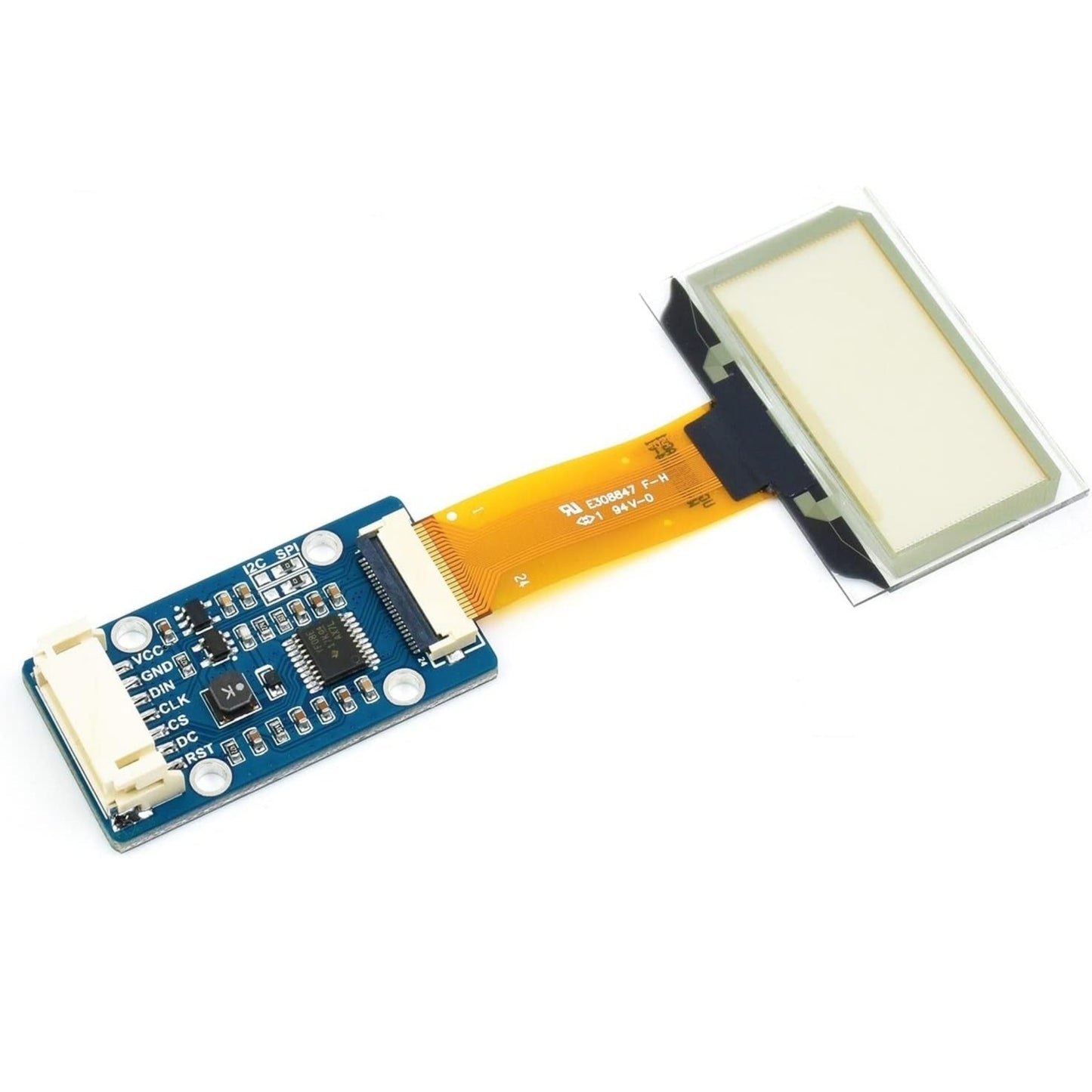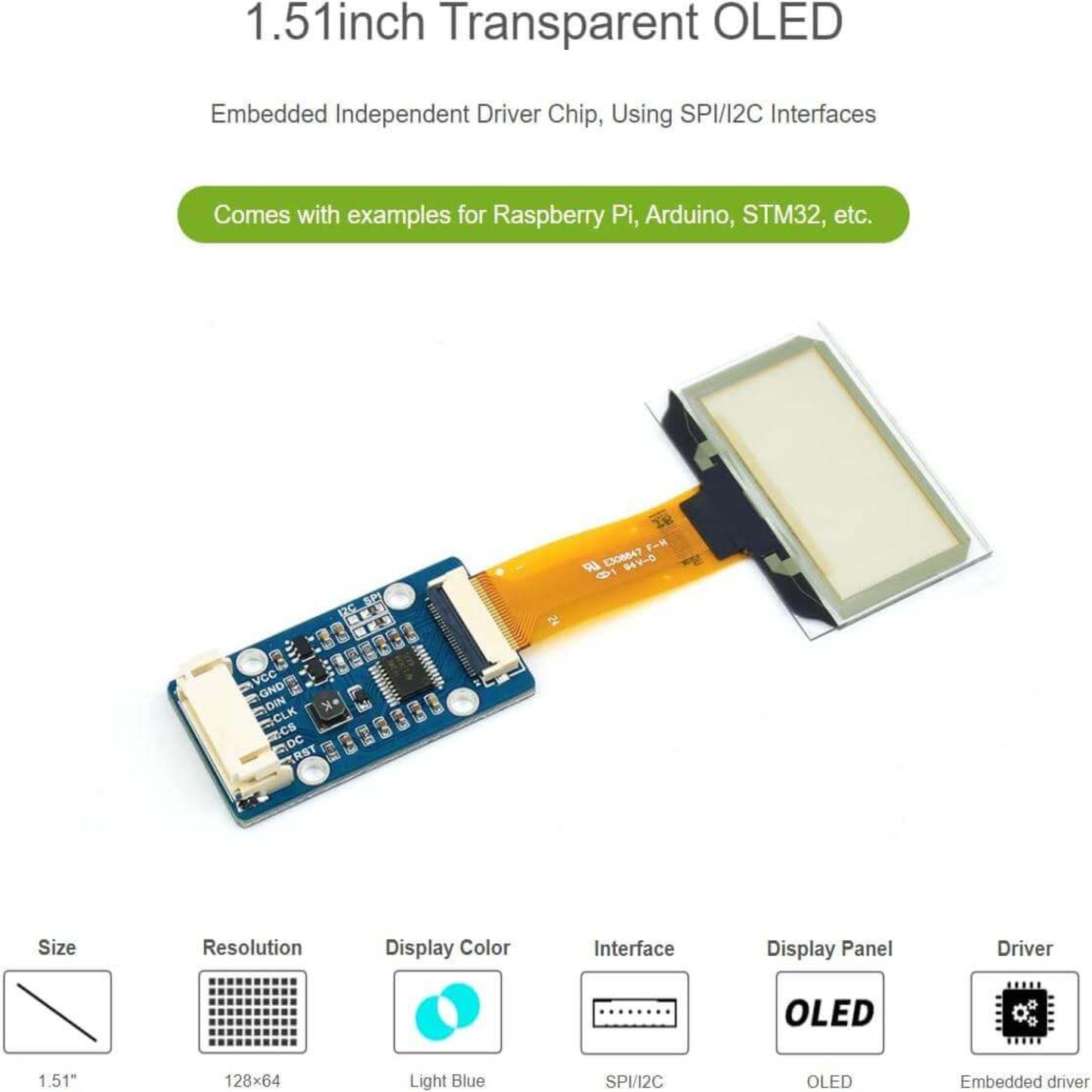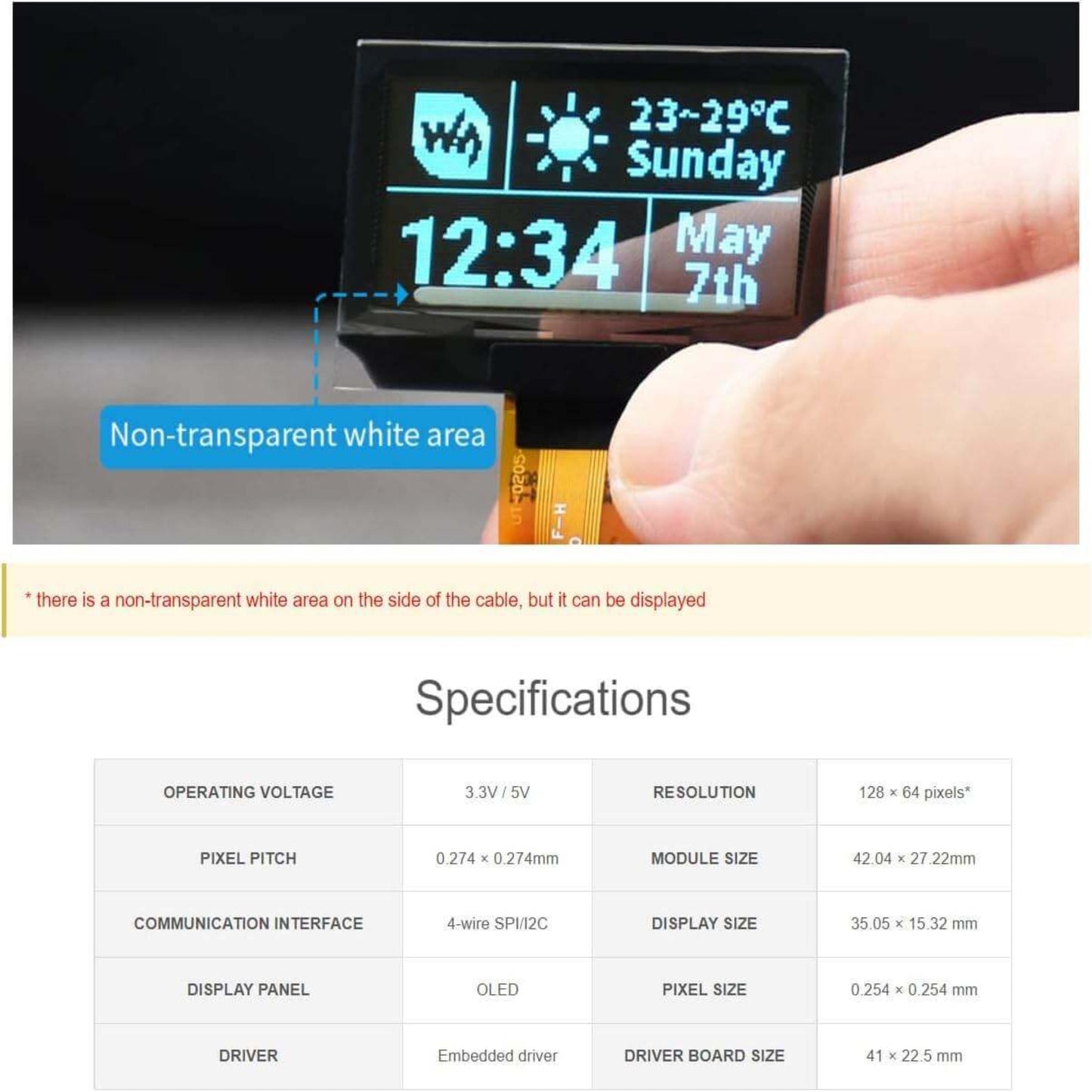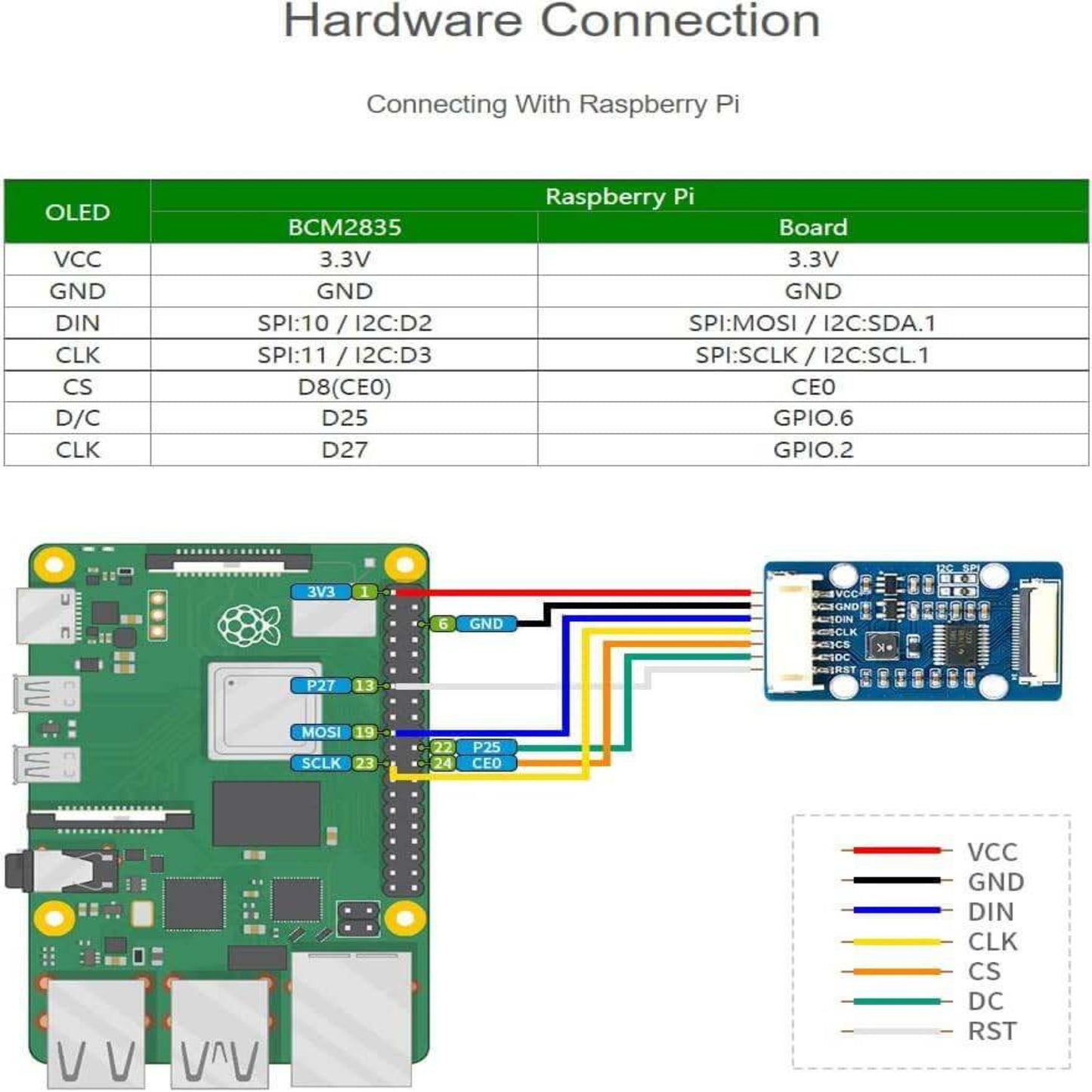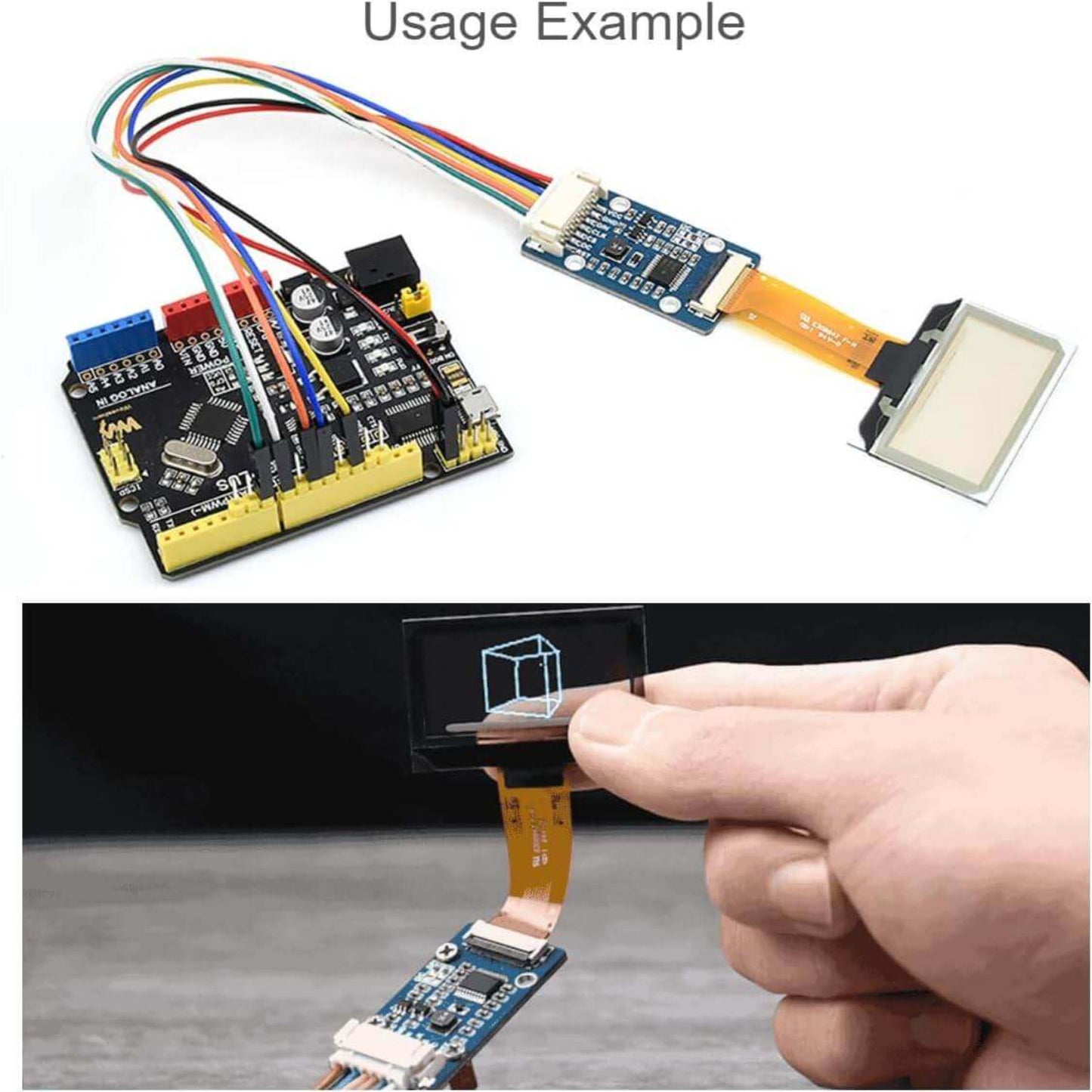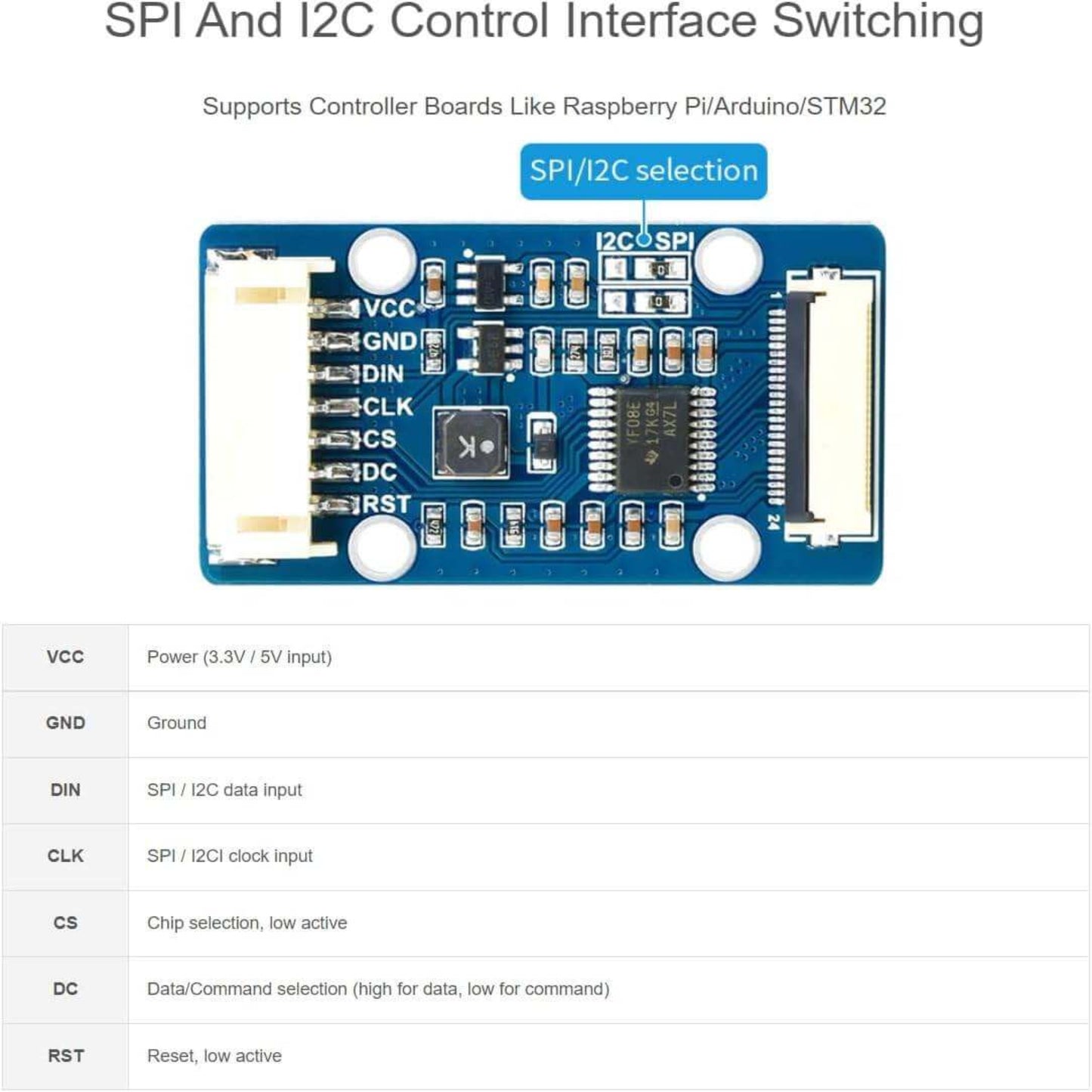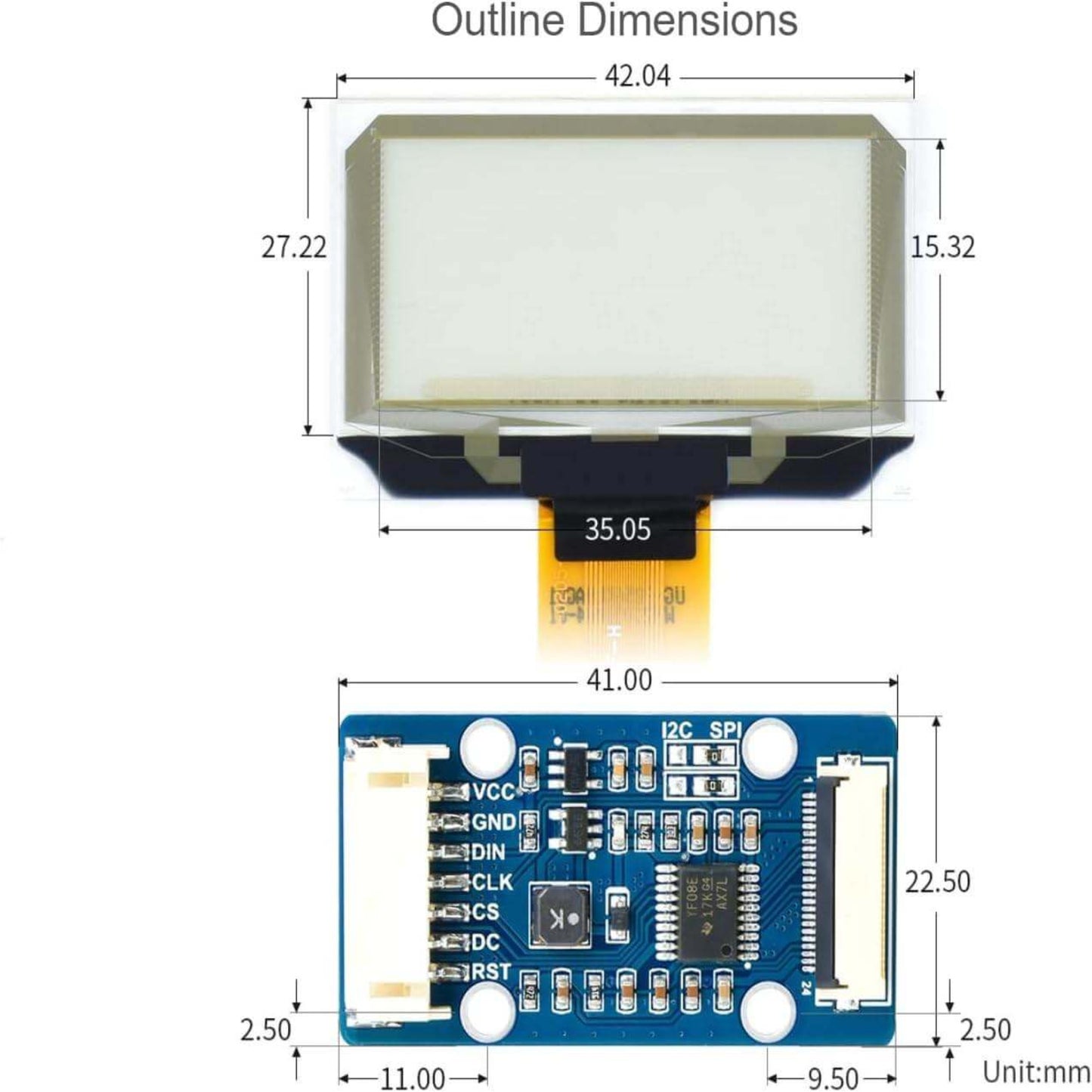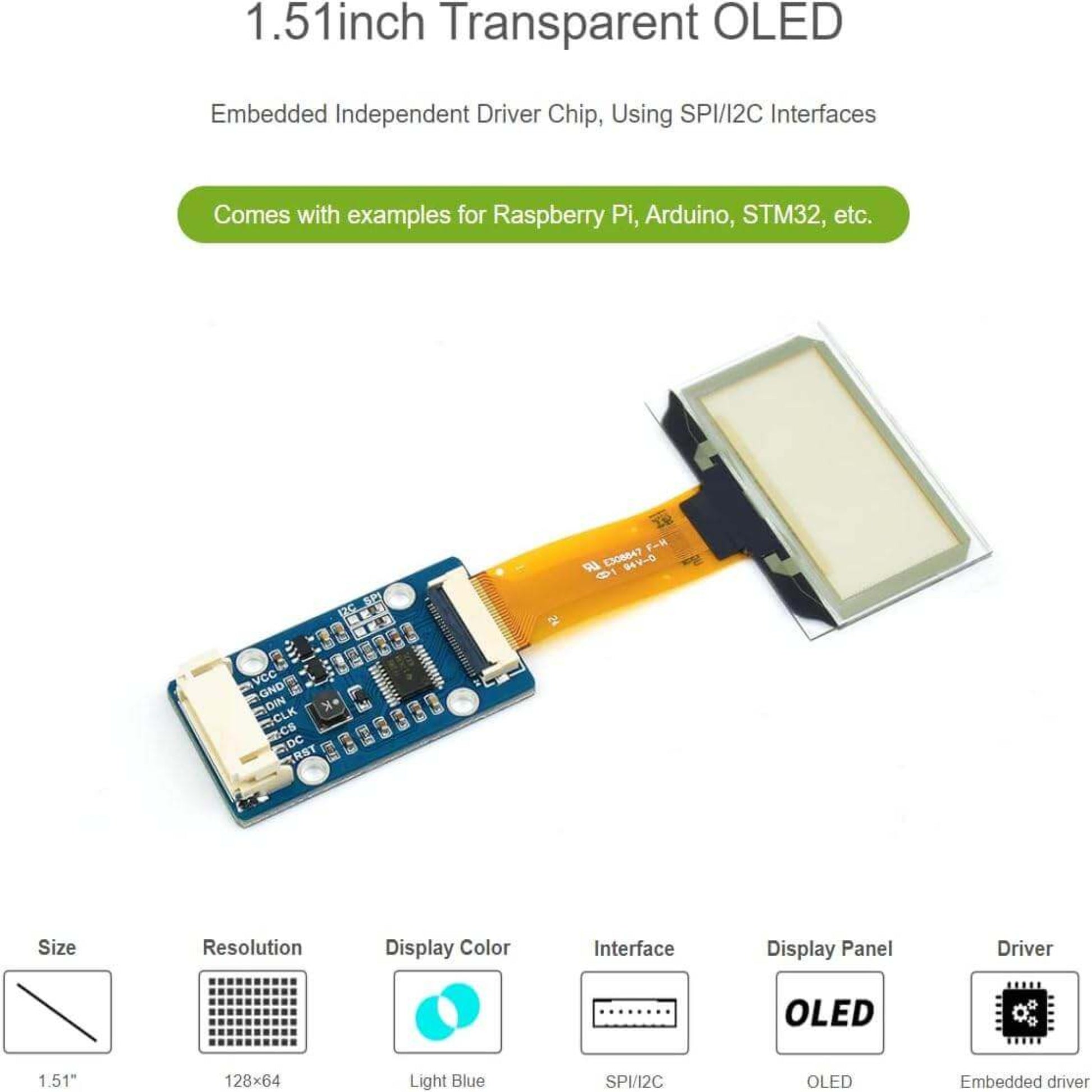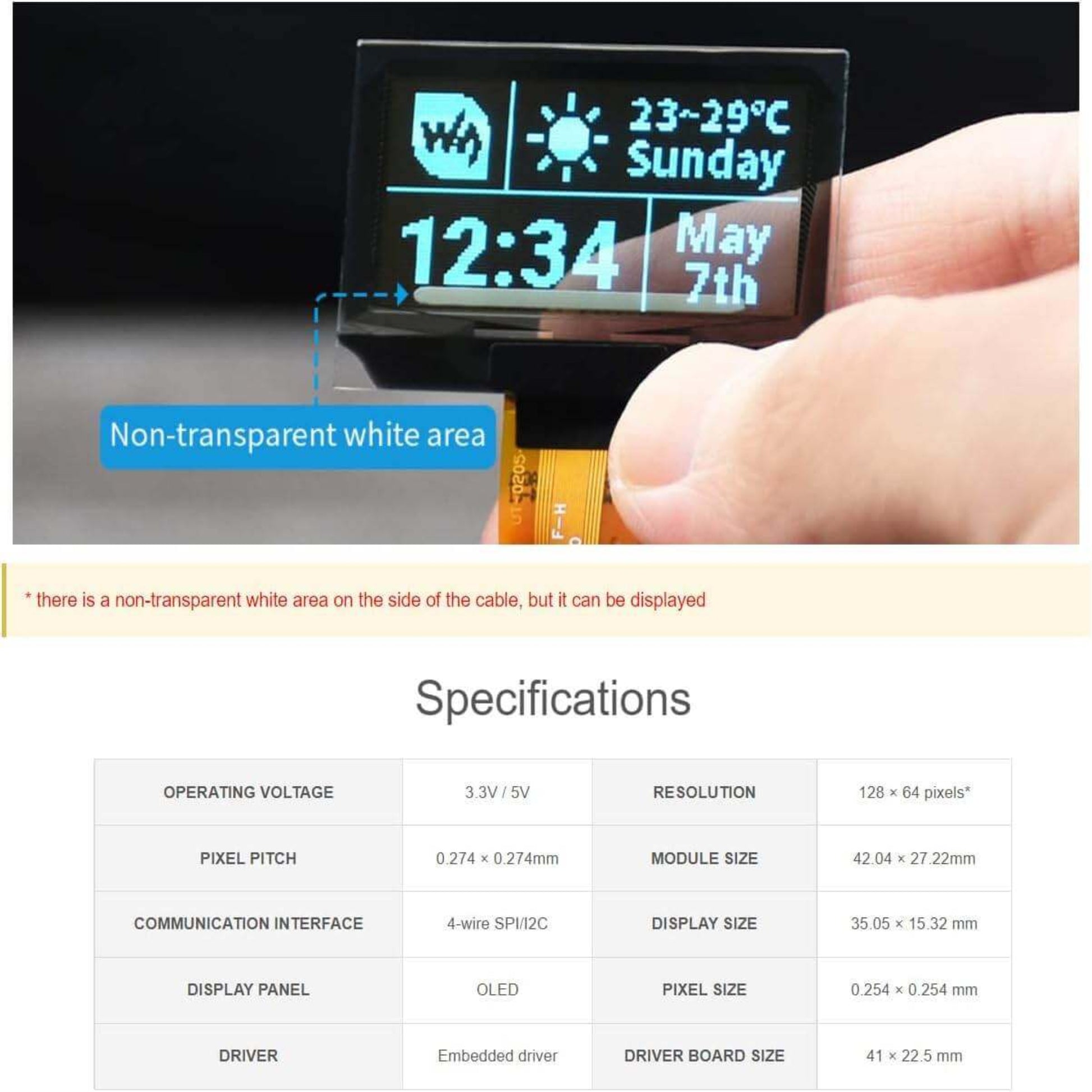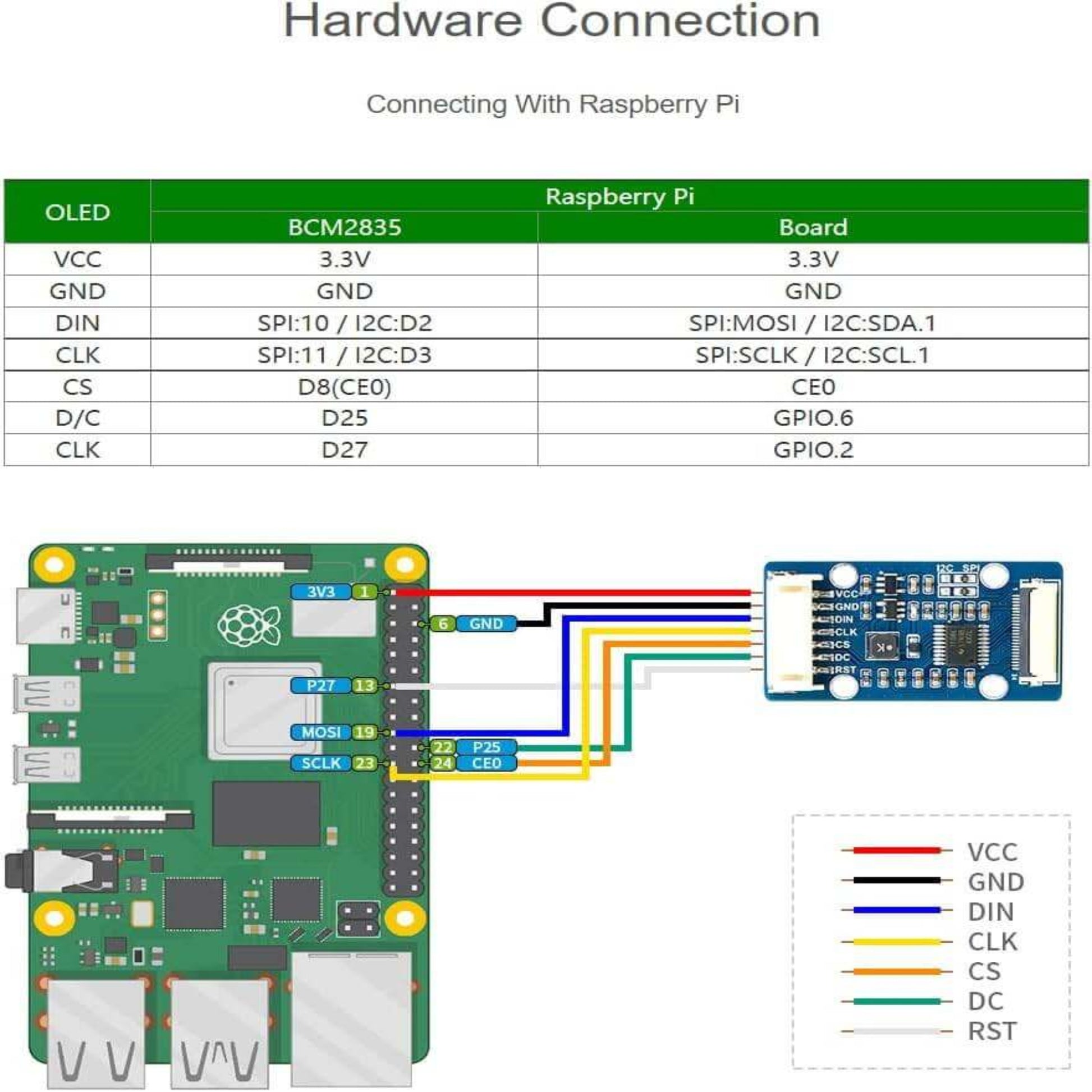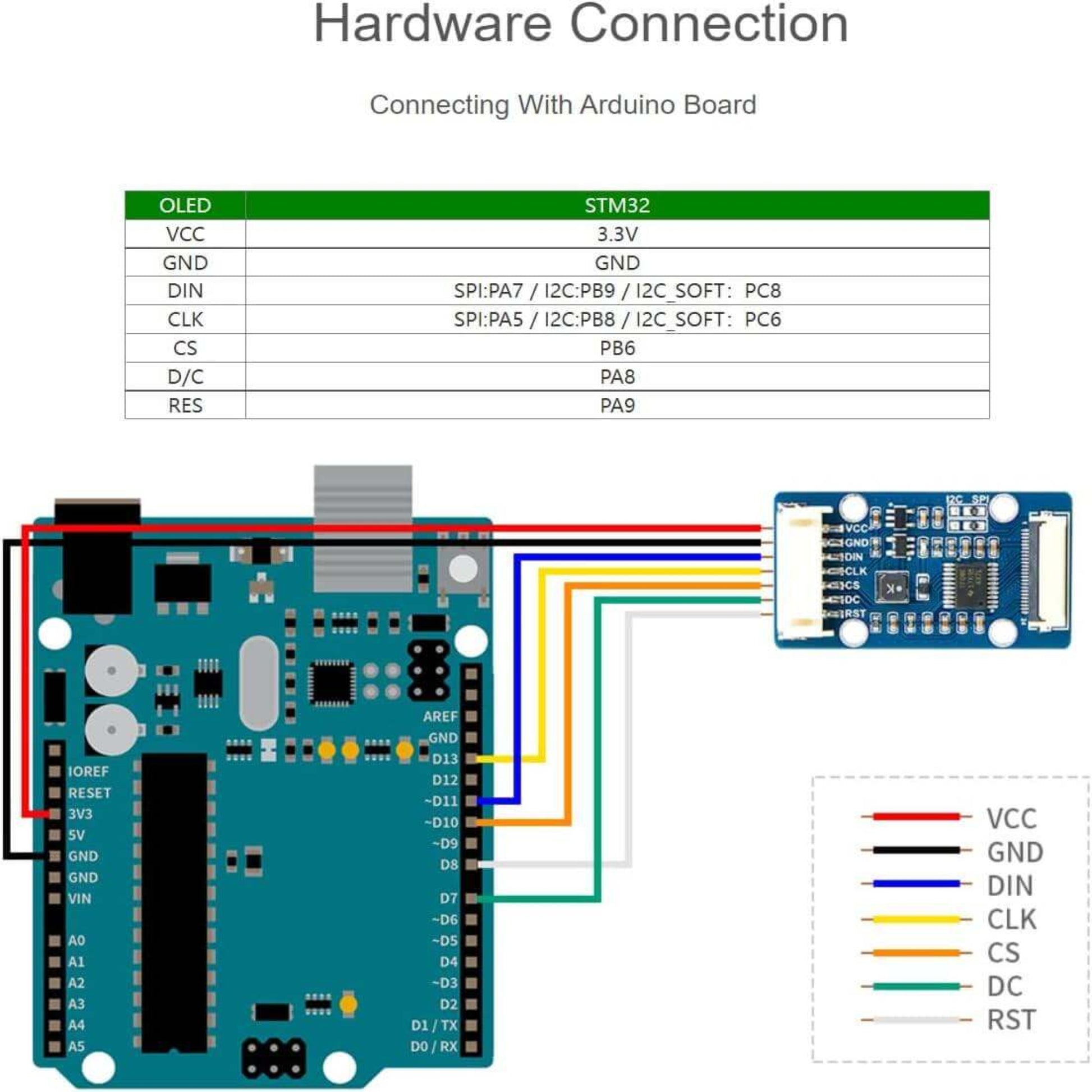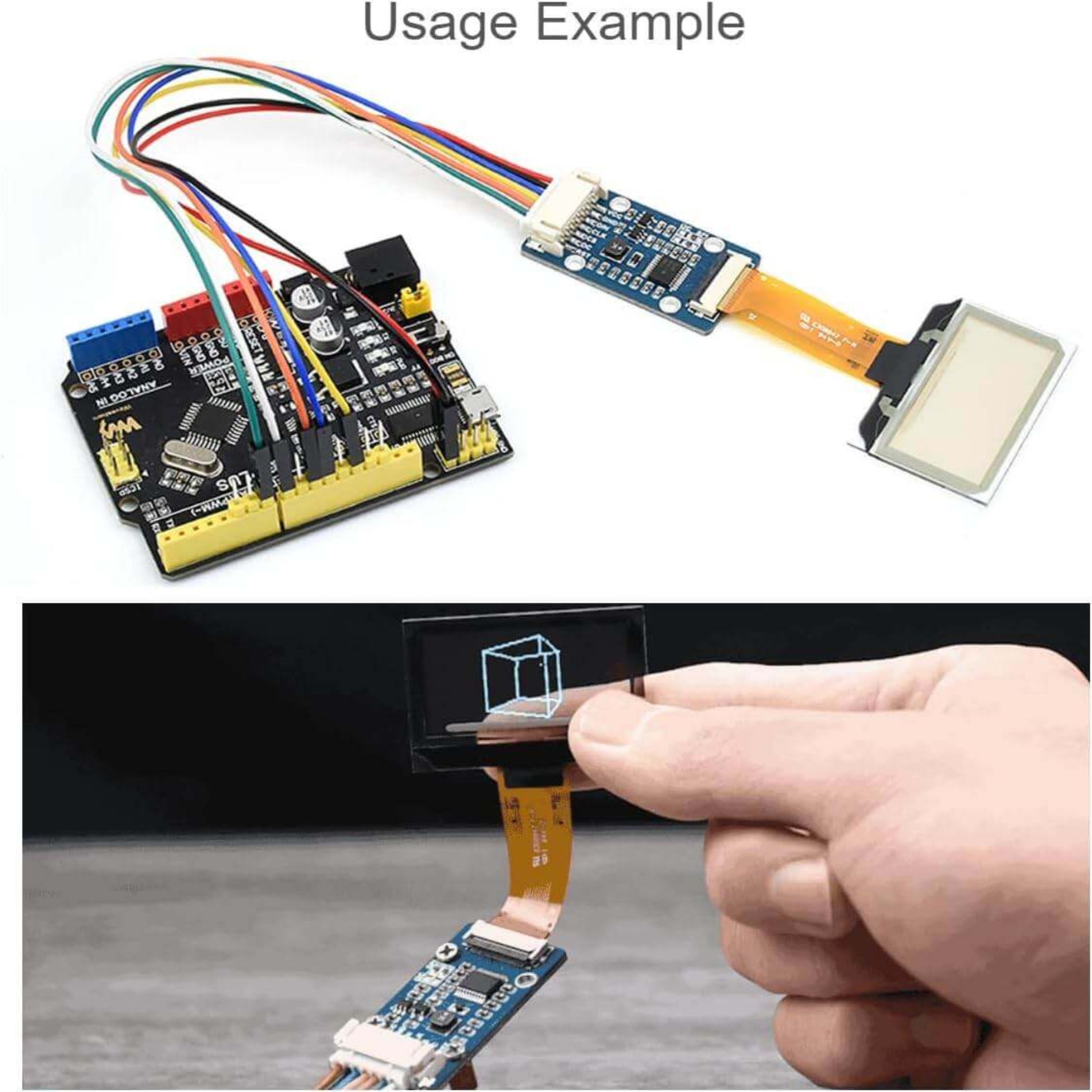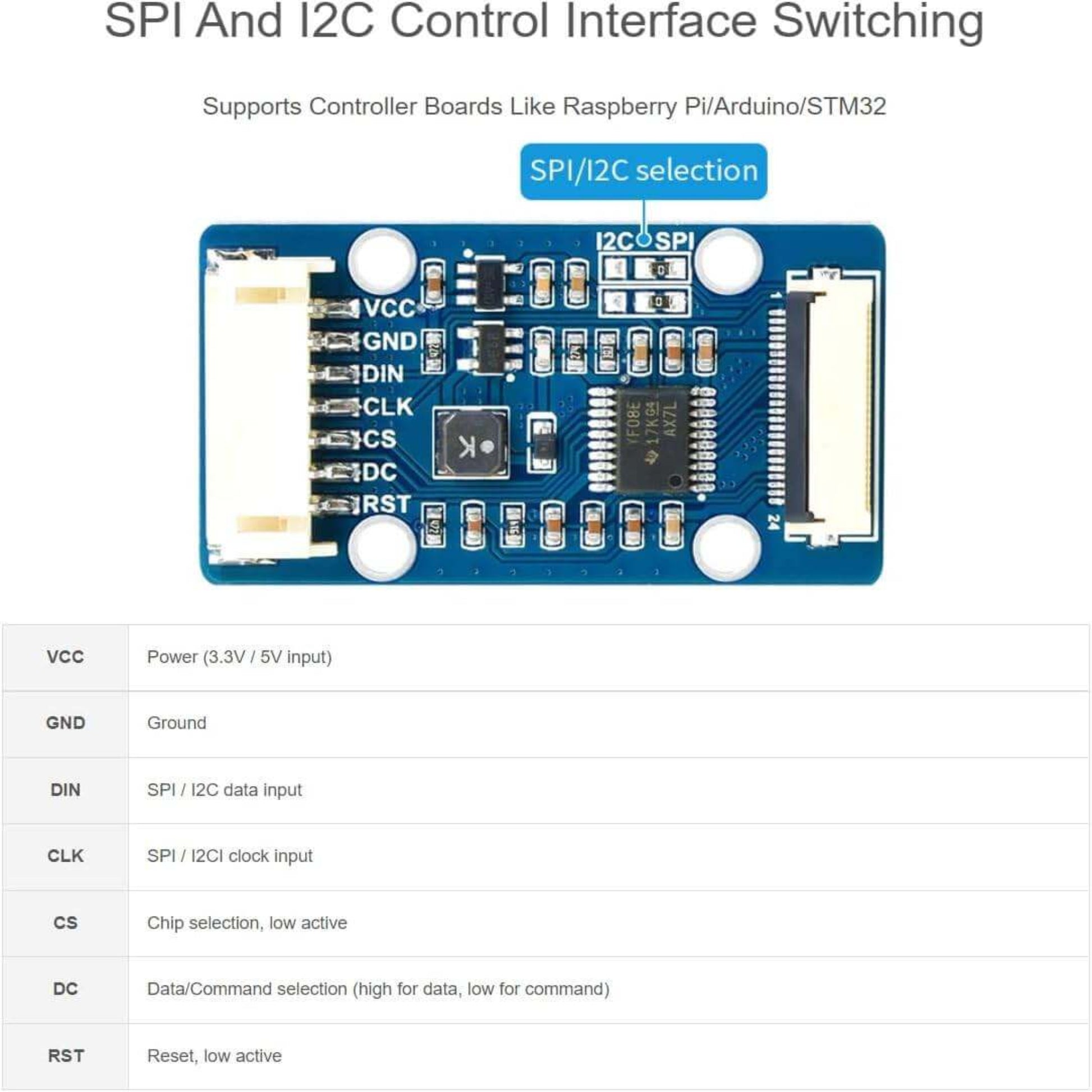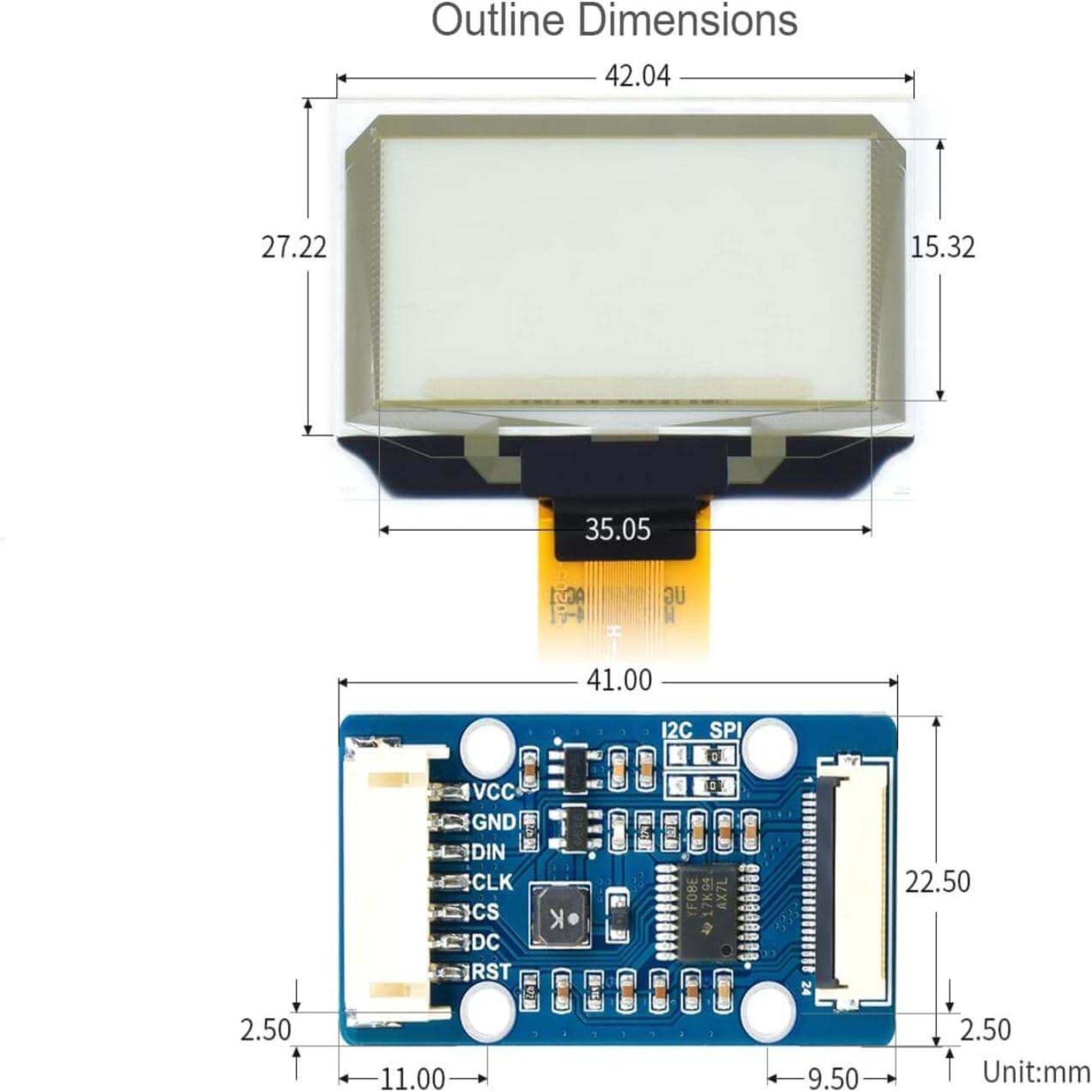1.51" Transparent OLED Module | 128x64 Light Blue | SPI/I2C
1.51" Transparent OLED Module | 128x64 Light Blue | SPI/I2C
Couldn't load pickup availability
Delivery Options
Delivery Options
- Local delivery within Hong Kong and in-store pickup.
- Free shipping for orders of HK$400 or above; HK$35 shipping fee for orders below HK$400.
- Shipped by SF Express, usually dispatched the same day for orders confirmed before 6:00 PM (Mon–Sat).
- Estimated delivery time: 1–3 business days after dispatch (Hong Kong).
- In-store pickup details (location and time) will be confirmed by email or phone message.
- Delivery times are estimates and may be affected by weather or unforeseen circumstances.
Bring your creative electronics projects to life with the 1.51-inch Transparent OLED Display Module. Its innovative see-through design, sharp 128x64 resolution, and vivid light blue color make it ideal for futuristic displays, prototypes, and compact smart devices. Compatible with Arduino, Raspberry Pi, and STM32 boards, this versatile module supports both SPI and I2C connections and includes the SSD1309 driver for stable performance on 3.3V and 5V systems.
Key Features
- Transparent OLED Technology: Creates modern and eye-catching visual designs, perfect for display enclosures or concept devices.
- High Compatibility: Works seamlessly with Arduino, Raspberry Pi, STM32, and other common microcontroller platforms.
- Flexible Communication: Offers both 4-wire SPI and I2C interfaces for your preferred connection setup.
- Integrated SSD1309 Controller: Delivers smooth operation and excellent pixel clarity.
- Dual Voltage Operation: Functions safely on both 3.3V and 5V systems after thorough validation tests.
Specifications
| Feature | Detail |
|---|---|
| Display Size | 1.51 inches (diagonal) |
| Resolution | 128 × 64 pixels |
| Display Color | Light Blue (Self-illuminating OLED) |
| Controller Chip | SSD1309 |
| Interface | 4-wire SPI / I2C (Selectable) |
| Working Voltage | 3.3V / 5V DC |
| Module Dimensions | 41 × 22.5 mm |
| Display Area | 35.05 × 15.32 mm |
| Service Life | Approx. 50,000 hours (normal use) |
Package Includes
- 1 × 1.51-inch Transparent OLED Display Module
- 1 × PH2.0 7-Pin Connection Cable
- 1 × Mounting Screws Pack
FAQs
Q: Can it run on 5V power?
A: Yes, although designed for 3.3V systems, it has been extensively tested and works reliably at 5V too.
Q: Why doesn’t it light up when powered?
A: OLEDs require software control. Upload an appropriate display driver code (e.g., Arduino sketch) to activate the pixels.
Q: Any precautions?
A: Avoid reversing power polarity and do not keep static images on the screen for long durations to prevent ghosting.
Share
